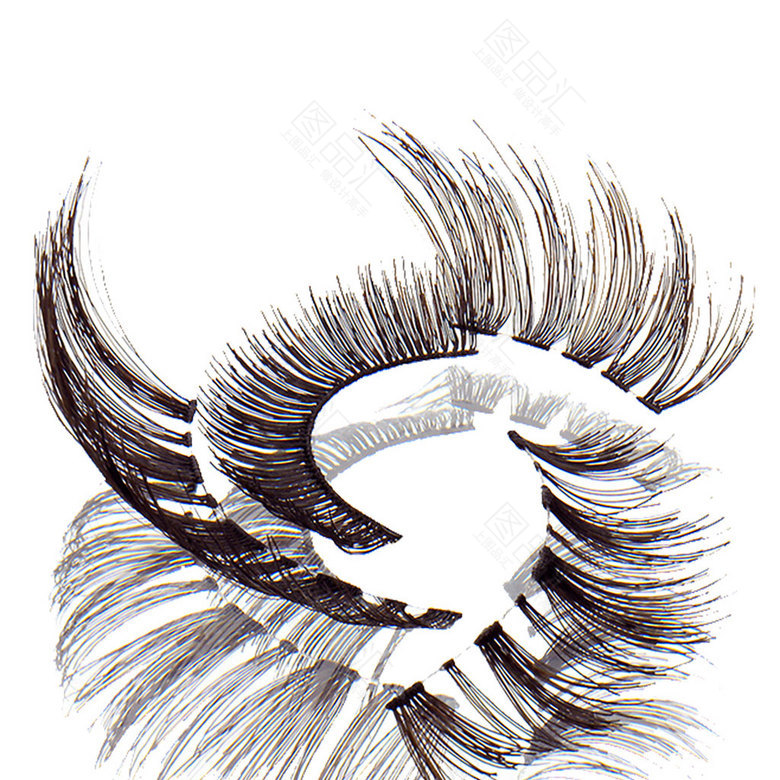FWP:
SETS == BASKIH
GAZE: {10,12}
JALVAH: {7,4}
JAUHAR: {5,4}
MIRROR: {8,3}
Why is a polish-mark on a metal mirror like an eyelash? Because both are part of a set of many small fine linear things; and because the polish-mark results from the cleaning that keeps the mirror bright, while the eyelash protects the eye from dust and dirt. A mirror held up to the beloved's face seems to draw near in eagerness to 'see' her; an eye would seek to approach her face for the same close view.
Compare {230,4}, in which the mirror goes even farther in its rapture at the sight of the beloved.

Nazm:
That is, when the radiance/appearance of her beauty is saying, 'Look at me', then the mirror wants to become an eye, and the polish-mark wants to become an eyelash. The simile of eyeball for mirror is a famous theme, and here by 'mirror' an iron mirror is intended, which has polish-marks. (18)
== Nazm page 18